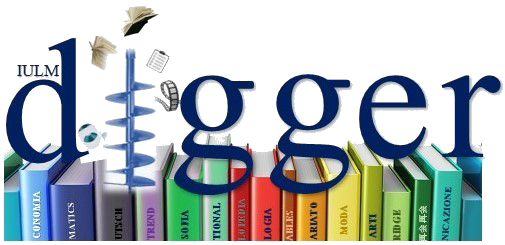During the pandemic (2020) public grants were allocated to Italian performing arts according to their total expenses and extraordinary criteria against their collapse. Above all, according to the personnel expense and the marketing and IT (information technology) expense. In this contingency, public funds were not only assured, as performing arts granted employment and the growth of creative experts’ employability, but also as the digitization was a must, to compensate the absence and the impossibility of live performances and to support resilience. Digitization was meant as for contents and procedures, like social media marketing and fundraising. After the pandemic (2022) performing arts retained the legacy of digitization, while public grants were not only for the recovery but also for the return to live performances with all reinstated personnels. The digitization had to be not more considered the prevailing essence of arts being in the society with their vital roles after the hell and for their re-birth. Considering a very big sample of more than 1,200 organizations, a two-stage least squares regression will be implemented to separate results of cultural policies, public criteria and grants in 2020 and in 2022. Results provide evidence of the highest and positive correlation between public grants and Marketing&IT expense as well as the personnel expense during the pandemic (2020). After the pandemic (2022) results are meaningful for cultural policies returning to pre-pandemic criteria, though they are not dismissing the importance of digitization. It follows that digitization changed relationships of performing arts with stakeholders and their sustainability.
Economics and Sustainability of Italian Performing Arts: When Orpheus and Eurydice Streamed Out of the Hell and Charon Was Not in the Need!, 2025-04-24.
Economics and Sustainability of Italian Performing Arts: When Orpheus and Eurydice Streamed Out of the Hell and Charon Was Not in the Need!
angela,besana
Writing – Original Draft Preparation
2025-04-24
Abstract
During the pandemic (2020) public grants were allocated to Italian performing arts according to their total expenses and extraordinary criteria against their collapse. Above all, according to the personnel expense and the marketing and IT (information technology) expense. In this contingency, public funds were not only assured, as performing arts granted employment and the growth of creative experts’ employability, but also as the digitization was a must, to compensate the absence and the impossibility of live performances and to support resilience. Digitization was meant as for contents and procedures, like social media marketing and fundraising. After the pandemic (2022) performing arts retained the legacy of digitization, while public grants were not only for the recovery but also for the return to live performances with all reinstated personnels. The digitization had to be not more considered the prevailing essence of arts being in the society with their vital roles after the hell and for their re-birth. Considering a very big sample of more than 1,200 organizations, a two-stage least squares regression will be implemented to separate results of cultural policies, public criteria and grants in 2020 and in 2022. Results provide evidence of the highest and positive correlation between public grants and Marketing&IT expense as well as the personnel expense during the pandemic (2020). After the pandemic (2022) results are meaningful for cultural policies returning to pre-pandemic criteria, though they are not dismissing the importance of digitization. It follows that digitization changed relationships of performing arts with stakeholders and their sustainability.| File | Dimensione | Formato | |
|---|---|---|---|
|
orpheusEURIDICEcharon.pdf
Non accessibile
Tipologia:
Documento in Pre-print
Dimensione
932.67 kB
Formato
Adobe PDF
|
932.67 kB | Adobe PDF | Visualizza/Apri Richiedi una copia |
I documenti in IRIS sono protetti da copyright e tutti i diritti sono riservati, salvo diversa indicazione.



